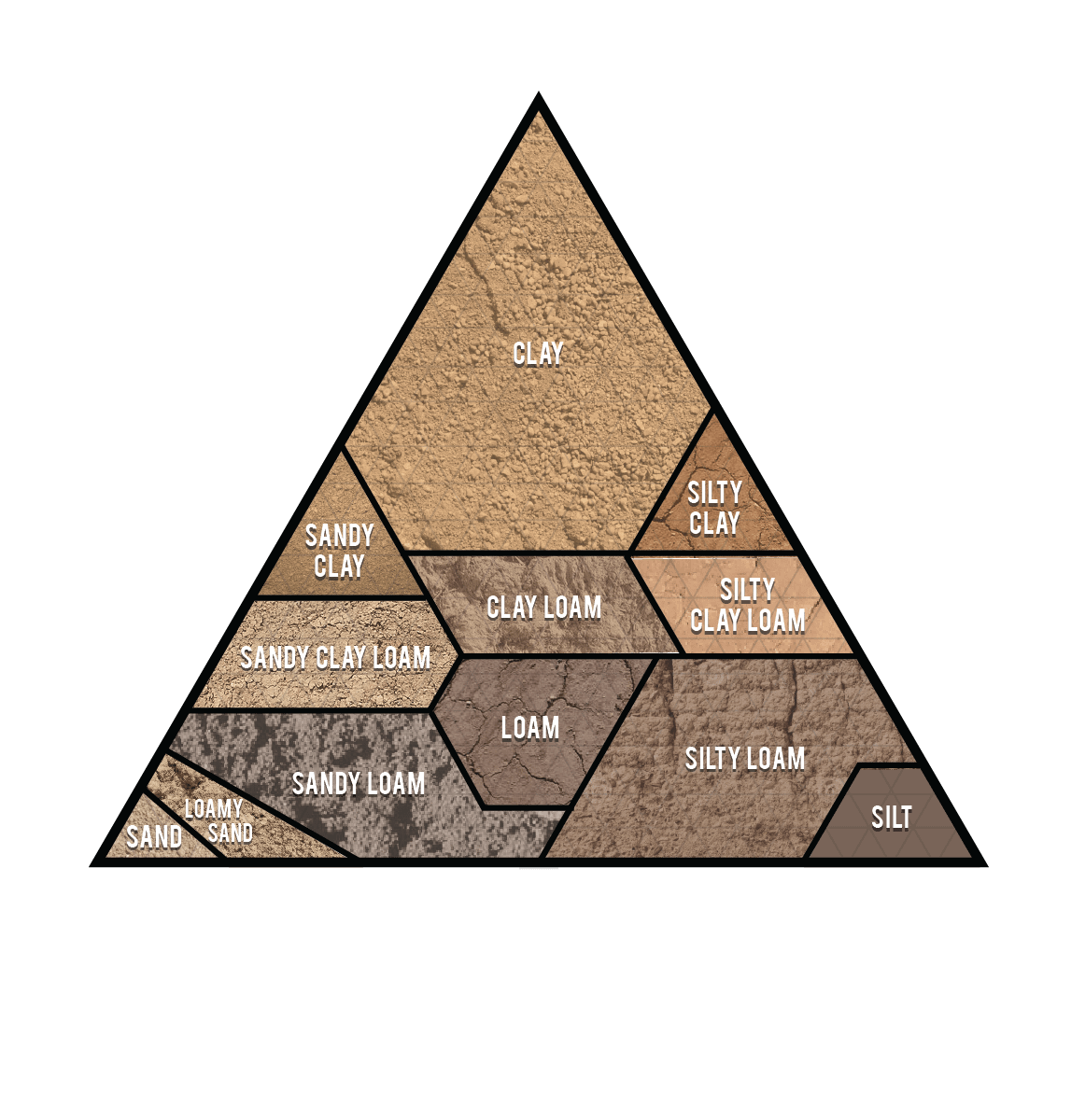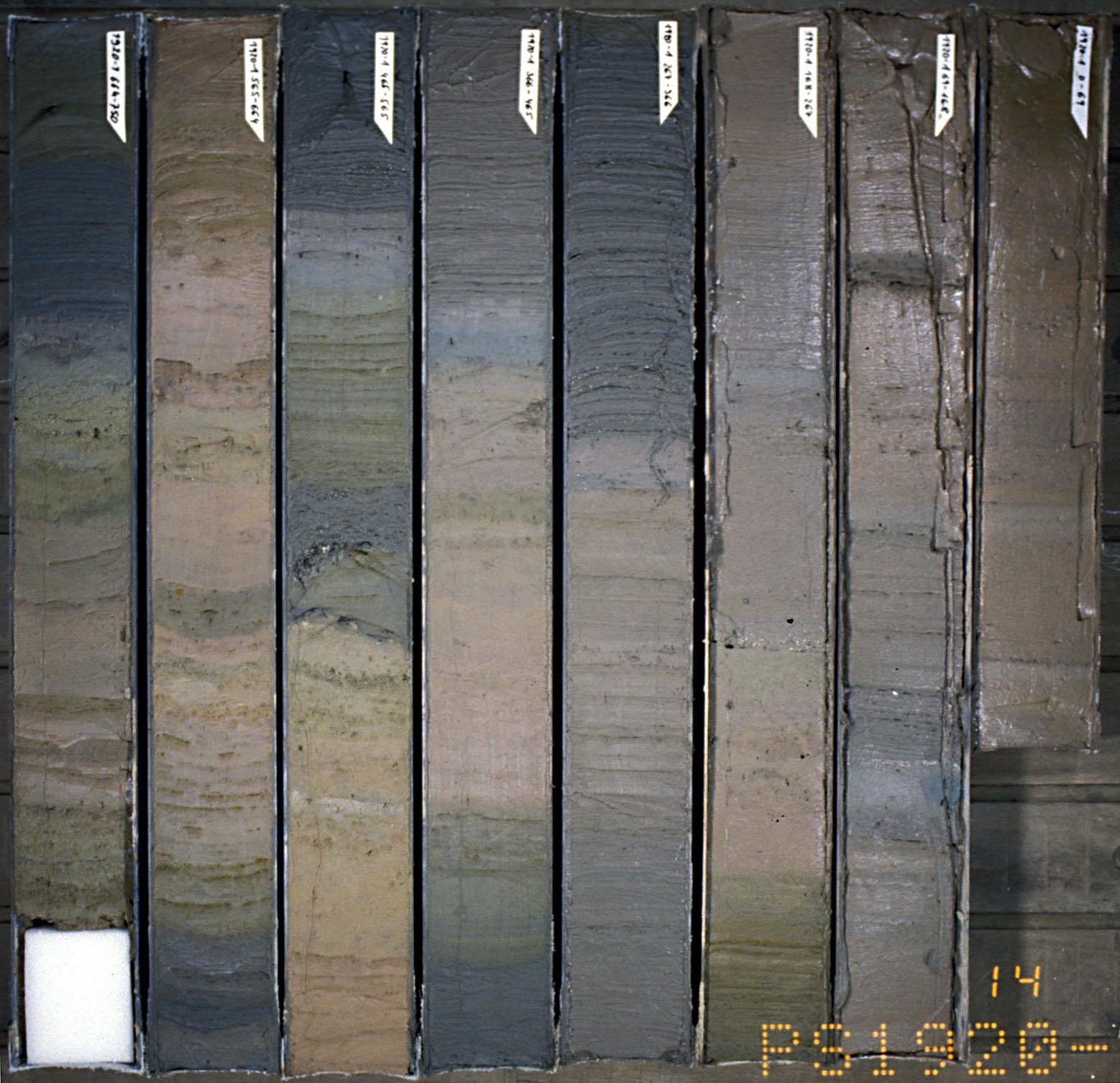i never cared for soil but i enjoy this poping up in my feed from time to time
Soil Science
Welcome to c/soilscience @ slrpunk.net!
A science based community to discuss and learn all things related to soils.

Notice Board
This is a work in progress, please don't mind the mess.
Subdisciplines of soil science include:
- Soil Taxonomy & mapping
- Soil Fertility & Organic Amendments
- Soil Chemistry & Remediation
- Soil Mineralogy
- Soil Physics
- Soil Biology
These subdisciplines are used by various other disciplines, particularly those related to reclamation, remediation, and agriculture.
Rules
- Don't throw mud. Be kind and remember the human.
- Keep it rooted (on topic).
- Please use a tag.
- No spam.
- Memes are welcome, but the focus of this community is science-based
Resources
Blogs
Careers
Chemistry
- Secondary and micronutrient availability by pH
- Secondary and micro nutrients availability by pH line graph
- Common Nutrient Deficiency Symptoms on Leaves Infographic
Classification
Maps & Datasets
Canada
- Canadian System of Soil Classificaiton
- 1982 Canadian Manual for Describing Soils in the Field
- Alberta Soil Quality Criteria Relative to Disturbance this one is widely used across Canada
- Best management practices for conservation of reclamation materials in the mineable oil sands region of Alberta - a good guide to basic reclamation and revegetation BMPs
Europe
- Agrifood Soilscapes (UK)
- Datasets from the BGS (UK)
- Datasets from the James Sutton Institute (UK)
- Scotland Environment Soil Maps
- Soil Atlas of Europe
- UK Geochemical Atlas
- UK Soil Observatory
United States
World
Soil Contamination:
- Cornell Guide to Testing Contaminated Soils
- CCME Soil Guidelines for Contaminants
- Wikipedia Lists of Hyperaccumulators for Bioremediation

Similar Communities
- !geology@lemmy.ca
- !geophysics@lemmy.ca
- !geologycareers@lemmy.ca
- !mining@lemmy.ca
- !openscience@lemmy.ml
- !reclamation@slrpnk.net
Sister Communities
Science and Research
Biology and Life Sciences
- !anthropology@mander.xyz
- !microbiology@mander.xyz
- !biodiversity@mander.xyz
- !palaeoecology@mander.xyz
- !palaeontology@mander.xyz
Plants and Gardening
Physical Sciences
Humanities and Social Sciences
- !archaeology@mander.xyz
- !cooking@mander.xyz
- !folklore@mander.xyz
- !history@mander.xyz
- !old_maps@mander.xyz
Memes
Find us on Reddit
Pardon my ignorance, but any idea what the two darker layers are about halfway down the image?
I find judging by the picture alone difficult, but then again this isn’t my field of expertise. However, this might be a pseudogley. The brown strips you see are areas where oxygen and non oxygen milieus clash within the soil, thus forming rust. The layers could stem from prolonged episodes of relatively constant water saturation of the soil, thus creating a stable frontier between air and water enabling rust. It would be interesting to see the vegetation on top, as this would probably paint a clearer picture.
You're right, but the wording you're using is different than what's used here (but it is correct).
The stripes and rust colours are referred to mottling here. They are caused, as you accurately describe, by intermittent saturation and aeration of the soil. During saturated conditions, Fe^2+^ is deposited as it's labile. Once things dry out again it turns to its Fe^3+^ form and oxidizes.
Once formed mottles are permanent features. Even if the local moisture regime changes the legacy mottling will stay.
Vegetation looks like it's Ag land.
@ladicus@lemmy.world
I’m sorry if I didn’t adhere to some standard, English isn’t my native language so I had to translate the sometimes weird terminology used around here. We just use it for the description of forest soil.
